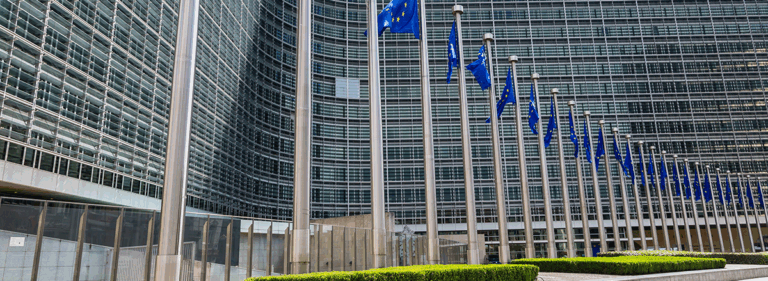AI safety solutions mapping: An initiative for advanced AI governance

The AI landscape faces critical challenges as increasingly capable general-purpose AI systems emerge. Project SAFE, initiated with the previous iteration of the Global Partnership on AI (GPAI), is partnering with the Mohammed Bin Rashid School of Government in Dubai and its Project GRASP (Global Risk and AI Safety Preparedness) to address safety challenges through international cooperation. At its core, GRASP maps AI risks to the tools and methodologies developed to address them.
The journey from SAFE to GRASP
The original Project SAFE proposal has been expanded at the Mohammed Bin Rashid School of Government through GRASP (supported by the Future of Life Initiative). This expansion extends global cooperation to even more entities outside Western institutions’ parameters.
The GRASP mapping is offered by the Dubai School of Government to GPAI and their Tokyo Expert Support Center under Japan’s National Institute of Information and Communications Technology (NICT). A key goal is integrating it into OECD.AI’s Catalogue of Tools and Metrics, an established OECD tool for trustworthy AI.

GRASP is a collaborative research network
The initiative leverages a network of international researchers working across different institutions:
- CeSIA is responsible for technical supervision, creating the ontology of risks and solutions and automating literature review tools.
- Apart Research and Beijing AISI contributed their network and expertise to the literature review.
- Experts from GPAI, Rand, Mila, and many others review and complete the mapping on a regular basis.
A thematic mapping approach
The mapping addresses eight key areas of AI risk:
- Discrimination & toxicity
- AI risks related to privacy & security
- Misinformation
- AI risks related to malicious or criminal use
- Negative externalities (encompassing socioeconomic, environmental and other harms)
- AI system failures & limitations
- Loss of control
- and risks related to race dynamics in building advanced AI
Building on the MIT AI Risk Repository and the AI Safety Atlas, the GRASP framework connects each risk category to specific tools and methodologies developed and implemented by research institutions, startups, and frontier labs globally. This guarantees stakeholders access to the most up-to-date and effective safety solutions.
The mapping will be presented at AI Safety Connect in Paris (February 2025).
Technical depth and innovation
The mapping covers solutions across risk categories, including AI audit frameworks and runtime monitoring systems for discrimination and toxicity. To prevent malicious use, it details red teaming approaches and systematic vulnerability testing. For loss of control, it outlines monitoring systems for detecting anomalies and containment strategies.
These evaluations often employ automated persona modulation attacks to stress-test model responses across a wide range of scenarios. The framework also tackles the complex challenge of loss of control through advanced monitoring systems that implement continuous oversight mechanisms to detect anomalies and potential agentic behaviour in AI systems. These systems are combined with sophisticated containment strategies that can automatically isolate systems that display concerning behaviours.
The mapping documents theoretical frameworks and implementation details. Each risk category includes a list of recommendations from the research community. It takes particular care in documenting the theoretical frameworks and practical implementation details, ensuring stakeholders can grasp the principles and operational aspects of each safety solution.
Policy integration and implementation
By bridging the gap between theoretical research and practical implementation, GRASP empowers policymakers to make evidence-based decisions about AI governance while fostering international collaboration to address these critical challenges. To connect to policy frameworks and create a practical reference for policymakers and developers navigating AI safety requirements, the mapping:
- Links risks and solutions to specific regulatory requirements
- Tracks technical standards and emerging legislation
- Integrates with frameworks like the EU AI Act and its GPAI code of practice, the International Report on the Safety of AI Systems from Yoshua Bengio, and NIST guidelines
- Incorporates policies from AI safety institutes and national strategies
Following its initial presentation at the Paris AI Action Summit in February 2025, the mapping will be continuously updated, ensuring it remains a living document that evolves alongside rapid technological advances in artificial intelligence.
GRASP’s future potential
The GRASP mapping initiative is a testament to what international collaboration can achieve. It compiles safety solutions and provides a roadmap for ensuring that advanced AI systems develop in alignment with human values and societal needs. GRASP is developing practical tools for policymakers, researchers, and AI scientists working toward safe AI development through international collaboration.
The initiative has the potential to extend its impact beyond mere documentation. It can actively shape our perceptions of AI safety, influence investment decisions, and guide research priorities. For frontier labs, it establishes a benchmark for safety measures. For startups, it highlights market opportunities. For investors, it offers a comprehensive overview of the AI safety landscape.

































